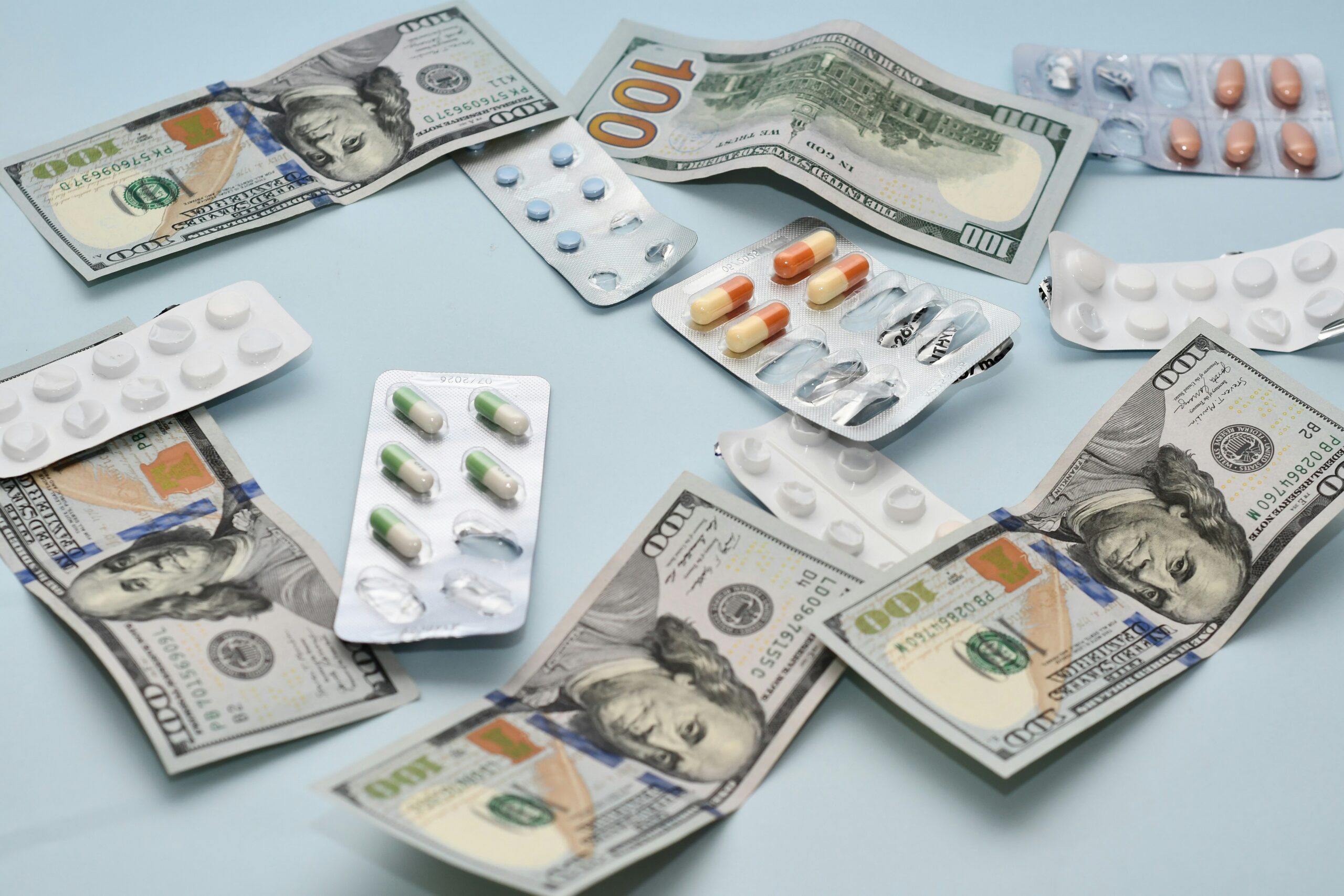
Why Most Favored Nation drug pricing will slash drug spending in America

On May 12, President Trump signed an executive order to reduce prescription drug costs by aligning U.S. prices with the lowest prices paid by comparable developed nations, also known as Most Favored Nation (MFN) pricing. This initiative revives a policy from his first term, proposed in 2020 but blocked by federal courts for procedural violations and ultimately rescinded by the Biden administration in 2021. The new order addresses the ongoing issue of high drug prices in the United States, where costs average 4.22 times more than in 33 OECD nations. If not struck down by the courts again, this order offers hope to ensure American patients and taxpayers benefit from fair pricing. The order instructs the administrator of the Center for Medicare and Medicaid Services (CMS) to communicate price targets to pharmaceutical manufacturers within 30 days and establishes a mechanism for American patients to buy drugs directly from manufacturers at MFN prices. The order also tasks the U.S. Trade Representative and U.S. Secretary of Commerce with addressing foreign practices that unfairly suppress drug prices abroad to prevent American consumers from subsidizing global discounts.
The MFN policy is poised to reshape drug pricing across federal health care programs. By aligning prices with international benchmarks, it could save billions: CMS actuaries projected that the 2020 policy would save $85 billion over seven years for Medicare Part B alone. Such reductions would lower out-of-pocket costs for beneficiaries, whose co-insurance and premiums depend on drug prices, and reduce taxpayer-funded spending. Even so, Trump’s order has many critics, particularly within his own party. In this post, we address many of the most frequent critiques and show how they are overblown or unsupported by current evidence.
The problem with the U.S. drug market
Critics of MFN pricing, especially conservatives, claim that it is an implicit endorsement of price controls. This critique relies on an important presupposition: that the American prescription drug system is a free market. Yet the drug pricing system unequivocally lacks free-market dynamics. As previously described by FREOPP’s Avik Roy, drug prices are high for the same reasons healthcare costs are high in America: most Americans rely on third-party buyers (i.e., employers) and third-party payers (i.e., insurers), preventing the necessary transparency and choice required for a free market to thrive.
If drug pricing operated as a free market, he United States, as the largest drug purchaser globally, should secure the best prices, yet it pays significantly more. One reason the United States has higher drug prices is because the it has given pharmaceutical companies significant leverage through patent exclusivity laws. Patent thickets grant pharmaceutical companies extended monopolies, which delay generic competition, while regulatory hurdles like lengthy FDA approvals and import restrictions limit cheaper alternatives. Additionally, pharmacy benefit managers (PBMs) and insurers retain rebates and hide profits, obscuring the true cost and benefit of these middlemen to patients.
In addition to the flaws of the private insurance market, the federal government suffers from problems that lead to higher drug spending. The ability to walk away and not purchase a product is fundamental to free markets. By contrast, Medicare and Medicaid are required by law to pay for nearly all FDA-approved drugs. Thus, the law incentivizes pharmaceutical companies to charge exorbitant prices under the assumption that the government will reimburse them. And, until recently, federal law prohibited CMS from negotiating prices at all, locking the government in to paying high rates.
MFN effects on innovation and access
A recent Wall Street Journal editorial slams MFN as “price controls” and warns that it could stifle pharmaceutical innovation by reducing drugmakers’ profits, which fund research and development (R&D). This concern overstates the impact of MFN pricing on innovation. Our research indicates that small, emerging biotech firms—not large pharmaceutical companies—drive most drug innovation, originating 206 of 398 FDA-approved drugs from 2013 to 2022. Rather than rely on high U.S. drug prices to pay for R&D, these firms primarily use venture capital and government grants. The National Institutes of Health, for example, invests over $40 billion annually in biomedical research that mitigates the risks to innovation. Large companies, which often cite R&D costs to justify their pricing, tend to focus their resources on incremental drugs and marketing, with less-efficient R&D spending. When compared to countries like Germany and Japan that maintain lower drug prices and robust pharmaceutical innovation, it seems unlikely that high U.S. prices are mainly responsible for drug development. As such, MFN pricing is less likely to significantly disrupt R&D as the pharmaceutical lobbyists claim.
To the extent that abrupt profit losses could affect innovation, the executive order’s 30-day negotiation period also allows manufacturers to propose pricing strategies. The order also lacks details on what the final MFN pricing scheme would look like. We have proposed an MFN model that would incorporate countries that employ free-market pricing, which would better align the United States with countries that support pharmaceutical innovation.
A related concern is that drug manufacturers might exit certain markets, such as Medicaid, rather than accept MFN prices. If they left, patients could lose access to medications and the costs for drug-preventable illnesses would necessarily increase. Medicaid already receives substantial rebates (51 percent of drug spending in 2023), whereby drug manufacturers send quarterly payments to state Medicaid programs in exchange for coverage of the drug. Some worry that further price reductions could push companies to abandon Medicaid and Medicare patients altogether.
This fear is speculative and overlooks the pharmaceutical industry’s reliance on the U.S. market, which includes approximately 80 million Americans enrolled in Medicaid alone. Withdrawing from Medicaid would mean forgoing significant revenue—program spent $21.2 billion on drugs in 2023—even after rebates. The U.S. drug market accounts for roughly 75 percent of global pharmaceutical profits, making market exit highly unlikely. Historical data support this: despite Medicaid’s existing rebate requirements, manufacturers have not withdrawn en masse.
The executive order contains a direct purchasing mechanism, which allows patients to buy drugs from manufacturers at MFN prices. This mechanism could further incentivize participation by bypassing PBMs and ensuring direct revenue streams to manufacturers.
Notably, drugs can reduce Medicaid costs by preventing complications. For example, Hepatitis C antivirals with a 95 percent cure rate have lowered Medicaid expenditures related to Hepatitis C treatment over time, even after accounting for the high price tag of the drugs. By reducing costs without altering access, MFN pricing would enhance affordability for Medicaid beneficiaries. Medicaid’s massive size and the threat of regulatory action if companies fail to comply with MFN rules should be sufficient to sustain manufacturer engagement with the program.
Another argument claims that MFN pricing would yield negligible savings—insufficient to meet Republicans’ $880 billion Medicaid savings target—as drugs account for only four percent of Medicaid spending . This argument underestimates MFN pricing’s broader impact and misrepresents its goals. While drug spending is a small fraction of the program’s budget, the executive order’s scope extends beyond Medicaid to Medicare and potentially commercial markets, amplifying savings. The CMS projected that the 2020 MFN model, targeting Medicare Part B, would save $85 billion over seven years, and the 2025 order’s broader application could yield even greater reductions. FREOPP has written extensively on other solutions to achieve $880 billion in Medicaid savings, and MFN pricing would serve as an excellent addition to longer-term reforms to rein-in costs.
Is the executive order meaningful?
Analysts contend that the executive order amounts to little more than a policy statement. Indeed, biotech and pharmaceutical stocks rose following the release of the executive order, with industry analysts assuming the order is hollow and will not lead to substantial disruption to the drug market.
This criticism misses the point. Unlike a congressional statute or federal regulation, executive orders typically do not have the force of law. Instead, the MFN executive order clearly signals how President Trump intends to lower drug prices in the United States. Since MFN pricing enjoys support from Democrats, President Trump should assemble a bipartisan coalition to pass MFN into law. Such a process would also allow sufficient debate so the MFN policy balances affordability, access, and innovation.
The MFN executive order is a step toward addressing exorbitant U.S. drug prices, which burden American patients and taxpayers. By aligning prices with international benchmarks, enabling direct purchasing, and tackling foreign pricing practices, it leverages American buying power for fairer pricing. The distorted drug market, shaped by monopolies, regulatory barriers, and opaque pricing, demands such reforms. While concerns about innovation, implementation, and trade tensions are valid, evidence suggests drug development will be sustained and careful rulemaking can mitigate logistical and legal hurdles. As health care costs rise, this order offers a promising path to equitable and sustainable drug pricing, ensuring American citizens no longer pay too much for their health care needs.



 ">
"> ">
">